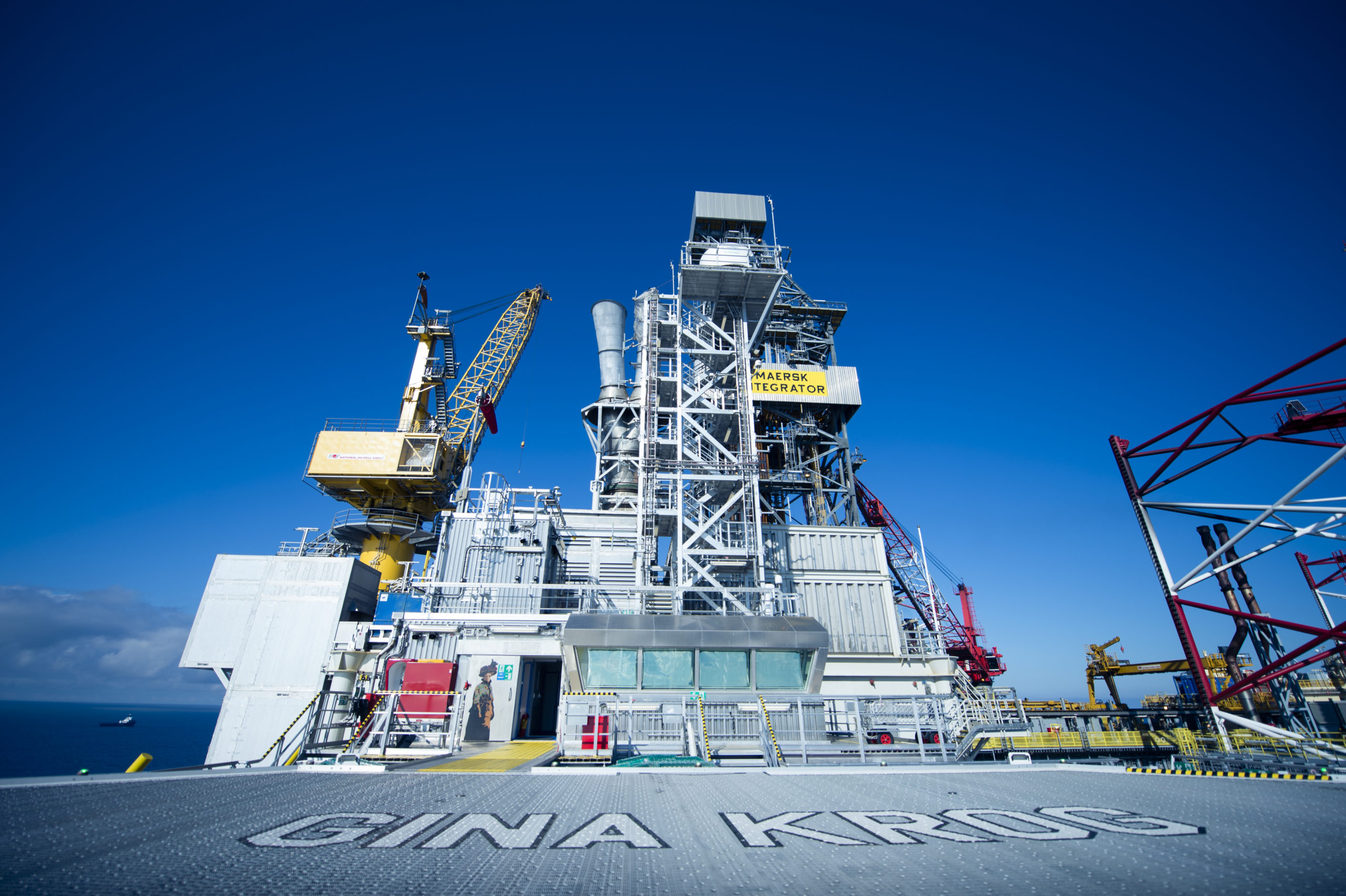
Power and Heat Generation
The Generation segment (Power Generation and Heating) is the main emitter of direct CO₂ emissions from the operations of the PGNiG Group. This is due to the fact PGNiG Group companies rely mostly on hard coal to produce electricity and heat. Therefore, PGNiG plans to exit hard coal in the coming decade and replace it with low and zero emission fuels.
In mid-December 2021, a CCGT unit was placed in service at the Żerań CHP plant, replacing the existing coal-fired units. CO₂ emissions per unit of fuel from the CCGT unit will be 1.68 times lower than from the existing coal-fired sources.
Also, the Siekierki CHP plant is planning to build a multi-fuel unit to make up for the power and heat generation capacity lost due to the shutdown of the oldest coal-fired units, using a technology that would increase the share of low-carbon fuels (biomass and RDF) and use the remaining processed municipal waste (RDF) in the Warsaw agglomeration. The project to construct a multi-fuel unit is consistent with the new objectives and pursuit of climate neutrality (the European Green Deal) and Poland Energy Policy 2040. The key advantage of the project is the planned reduction in CO₂ emissions from PGNiG TERMIKA by 300,000 to 400,000 tonnes per year and an increased share of renewable heat. This is in line with the requirements for efficient heating systems set out in Directive on the promotion of the use of energy from renewable sources, Directive on the energy performance of buildings, and the new EU legislative package FIT for 55. Thus, the multi-fuel unit is expected to be a much more environmentally-friendly source of heat and electricity than the existing coal-fired boilers used at the Siekierki CHP plant. A CCGT unit is planned to be built in 2026 to entirely phase out coal-fired electricity and heat production at the Siekierki CHP plant.
Once these projects are complete, the proportion of coal in the PGNiG Group’s fuel mix will fall to approximately 40pp in 2021–2030, with the coal replaced largely by natural gas, but also by zero-emission sources built as part of the initiatives described below.
The planned investments and upgrades of conventional assets, which are bound to significantly reduce the share of coal in the fuel mix used by the Group’s heating assets, will include CHP newbuild and modernisation projects.

